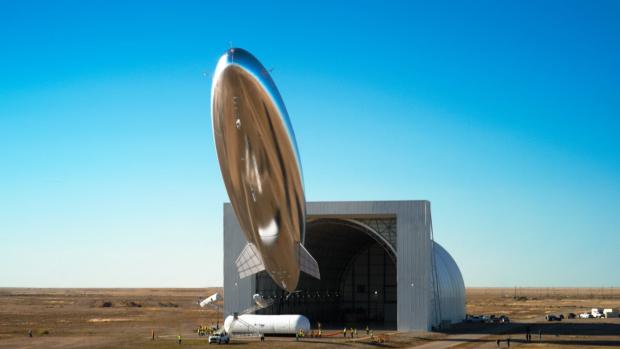
Breaking News
 Common Dry-Cleaning Chemical Linked to Liver Damage
Common Dry-Cleaning Chemical Linked to Liver Damage
 I agree with General Flynn … firing Bondi was AVOIDABLE. FIRE HER NOW! Put in a MAGA AG
I agree with General Flynn … firing Bondi was AVOIDABLE. FIRE HER NOW! Put in a MAGA AG
 A Call to Congress -- Advancing the MAHA Legislative Agenda
A Call to Congress -- Advancing the MAHA Legislative Agenda
 Trump weighing the ouster of Kash Patel, according to sources
Trump weighing the ouster of Kash Patel, according to sources
Top Tech News
 First totally synthetic human brain model has been realized
First totally synthetic human brain model has been realized
 Mach-23 potato gun to shoot satellites into space
Mach-23 potato gun to shoot satellites into space
 Blue Origin Will Increase New Glenn Thrust 15-25% and Make Rocket Bigger
Blue Origin Will Increase New Glenn Thrust 15-25% and Make Rocket Bigger
 Pennsylvania Bill – 'Jetsons Act' – Aims To Green-Light Flying Cars
Pennsylvania Bill – 'Jetsons Act' – Aims To Green-Light Flying Cars
 New Gel Regrows Dental Enamel–Which Humans Cannot Do–and Could Revolutionize Tooth Care
New Gel Regrows Dental Enamel–Which Humans Cannot Do–and Could Revolutionize Tooth Care
 Researchers want to drop lab grown brains into video games
Researchers want to drop lab grown brains into video games
 Scientists achieve breakthrough in Quantum satellite uplink
Scientists achieve breakthrough in Quantum satellite uplink
 Blue Origin New Glenn 2 Next Launch and How Many Launches in 2026 and 2027
Blue Origin New Glenn 2 Next Launch and How Many Launches in 2026 and 2027
 China's thorium reactor aims to fuse power and parity
China's thorium reactor aims to fuse power and parity
 Ancient way to create penicillin, a medicine from ancient era
Ancient way to create penicillin, a medicine from ancient era
Could satellite-beaming planes and airships make SpaceX's Starlink obsolete?

A new generation of stratospheric balloons and high-altitude uncrewed aerial vehicles (UAVs) could soon connect the world's unconnected with high-speed internet at a fraction of the prices commanded by operators of satellite megaconstellations such as SpaceX's Starlink.
High-altitude platform stations, or HAPS, have been around for a while, but the technology hasn't fully taken off yet. Google spent 10 years trying to develop balloons that would hover in the stratosphere above remote rural areas and beam internet to residents but abandoned that project, called Loon, in 2021, concluding that it couldn't be made sustainable.
Four years later, companies such as World Mobile Stratospheric and Sceye say they are on the verge of making internet-beaming from the stratosphere, the layer of Earth's atmosphere roughly 6 miles to 31 miles (10 to 50 kilometers) above the planet, a reality. Moreover, they claim that their offerings will be better and cheaper than that of satellite megaconstellations in low Earth orbit (LEO), which too have been developed with the promise of connecting the world's unconnected.
Richard Deakin, the CEO of World Mobile Stratospheric, said HAPS have failed to make it so far because they couldn't support power-hungry antennas needed to beam down high-bandwidth internet across vast swaths of land. Previously-tested high-altitude balloons and airships have relied on photovoltaics to generate power, which only provide "a couple of hundred watts," according to Deakin.
He said that his company's HAPS, an autonomous plane called the Stratomast, will be powered by liquid hydrogen, allowing it not only to hover for six days at an altitude of 60,000 feet (18 km), but also generate enough electricity to support a 10-by-10-foot (3 by 3 meters) phased-array antenna that could connect 500,000 users on Earth at the same time. After six days, a new aircraft would arrive to take over the service while the first returns to the base for refuelling.
Deakin says users will get 200 megabits per second (Mbps) of connectivity directly into their smartphones from Stratomast. That would be a vast improvement over Starlink's current direct-to-device offering of 17 Mbps, which is currently only capable of supporting emergency text messaging. Even AST SpaceMobile, which is building a constellation of giant orbiting antennas to beam internet directly to smartphone devices, can sustain only about 21 Mbps.
"When the Stratomast is flying, all these old satellites are going to be in museums," Deakin said.



